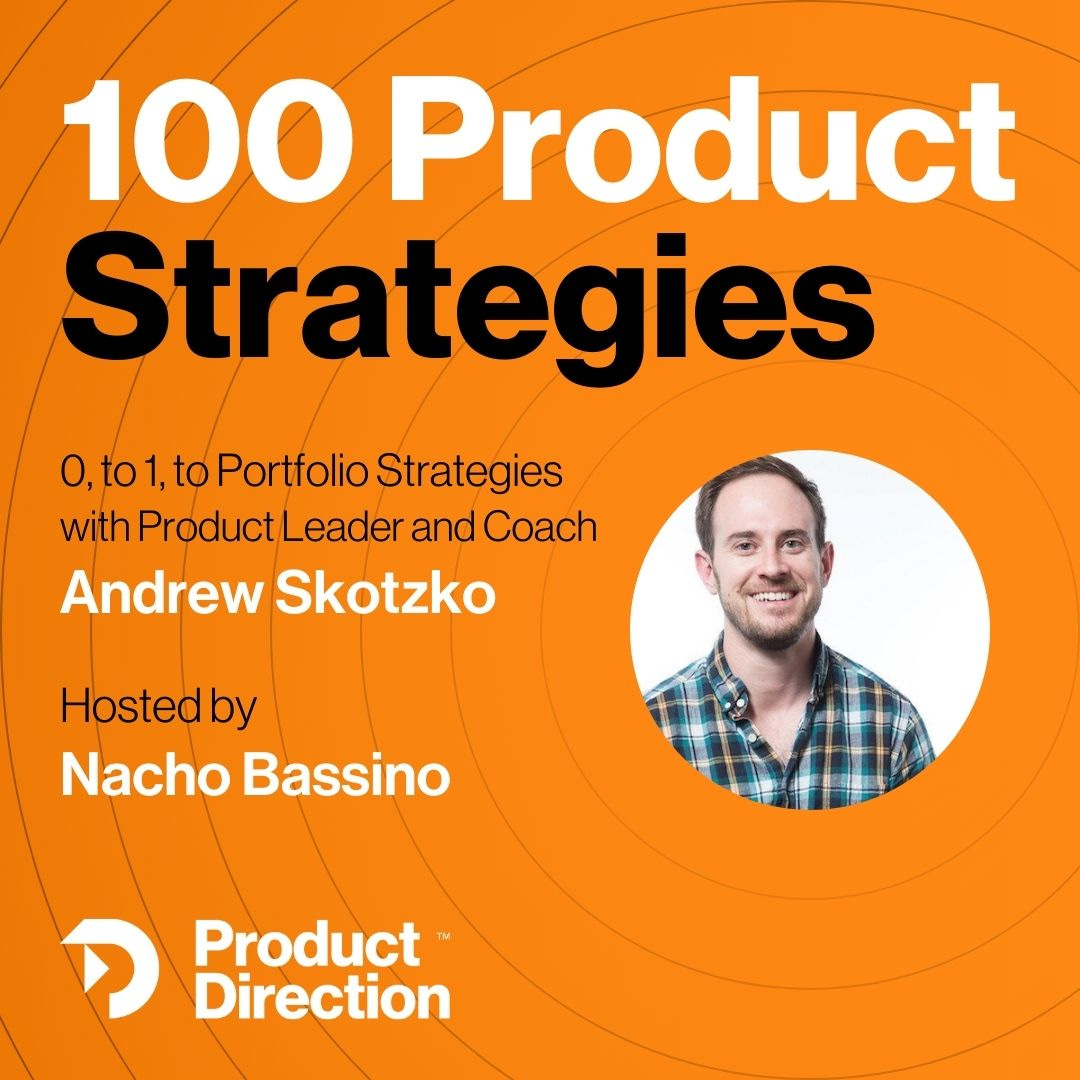Exploring Uncharted Territories: Navigating Horizon Three Strategies
Insights and Advice from a multi-year multi-product success strategy with Andrew Skotzko
The world is full of hard problems, which led to opportunities to tackle them using groundbreaking innovative products.
Bigger companies are in an interesting position: they can invest in exploring new problems related to their core mission, but which can be years ahead in terms of helping them expand their business. Yet, for many reasons, they fail to innovate. And the first problem is how they strategize in this context.
One way to look at it is through the lens of McKinsey’s three horizons model. It helps us frame opportunities according to the time horizon in which they can help us grow our business.
Horizon one represents the core business and has an immediate impact.
Horizon two refers to expansion opportunities, driving investment growth in 1 to 3 years.
Horizon three handles bets for the future, uncharted territories, and innovations that may return results in more than 3 years.
Since 90% of investments are done in the first two horizons, it is hard to come across stories of horizon three strategies. Luckily, in this episode, Andrew Skotzko shares a great story about such a situation and what we should do when facing it.
I previously wrote about the differences in execution for this type of strategy, but Andrew gives a great example from the trenches, full of details and advice you can leverage if you feel your strategy needs to be more far-fetched.
Listen now on Apple, Spotify, Google, and YouTube, and read on for my takeaways and highlights of the episode.
My takeaways from this episode
It's easy to find a general problem area (for example, in this case, the world trends in fish agriculture). The hard part is getting to specific problems. Andrew tackled this problem by going through the entire journey, from all the events of the supply chain to the user journey at the grocery store.
Getting the context in a new industry or problem space is not just googling and reading reports. You need to talk to the experts in that field.
Visualizing all this context is also essential (and difficult!). Andrew shared using giant walls describing the journey and the insights at each stage, and also Wardley mapping. Once you select one area of focus, you do a more detailed map of that area (in this case the fishing farm).
Talking about focus, Andrew made a very interesting distinction: Cutting vs Sequencing. People can confuse focus for prioritization. But focus is about removing as many things as possible from the table. Then you can prioritize and sequence your efforts.
As part of selecting, they considered where they had an edge. Other spaces had more competitors, and will not leverage the skill they developed as a strategic advantage (computer vision in his example).
An interesting take on Horizon 3 strategies: even when there are multiple opportunities in a space, you are aiming for the product where you can make a significant advancement and break through the market.
For AI related strategies: Andrew commented on how to think about the cost of the dataset if you are considering doing AI on a territory where the data to train is unavailable (as in his underwater fish example!)
Combining written narratives with continuous communication: Andrew highlighted that the 6-pager narrative is not the best artifact to distribute and constantly share with ICs. So he continuously communicated the strategy through stories and talked about learnings quarterly to keep polishing it.
For the strategy timeframe, they constantly updated a 1-year rolling window.
To validate early this high-risk strategy, they run a customer development plan, testing early their prototypes and iterating quickly with a set of willing customers.
Switching gears, we discussed what Andrew calls the Leadership strategy stack: 1. Purpose, 2. Product Vision, 3.Values, 4. Missions (concrete and achievable), 5. Strategy, 6. Objectives, 7. Product Principles. He advises leaders to cover all, and be clear in what each of it means.
By the end, we went into the rabbit hole of “what’s the role of a leader”! Andrew’s interesting take on it is following the “leading as a gardener” approach: you can’t force a plant to grow, but you can create the conditions for it to thrive.
Don’t miss our next episode! Join our substack and be notified when the next episode is published.



